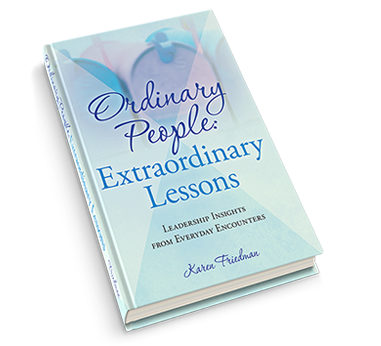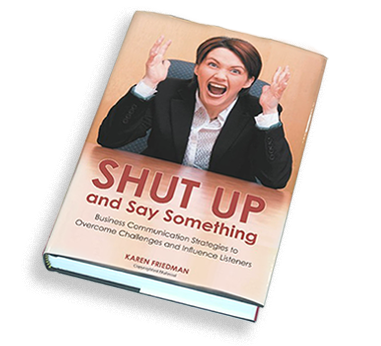His name is Steve. He’s retired now, but before spending mornings at the local coffee shop, he spent 40 years in sales, owned his own company and boasted a résumé of successes.
For a good 10 years now, I’ve enjoyed a morning cup of joe with Steve and a small group of loyal Manhattan Bagel regulars in my neighborhood. Sometimes it’s a quick buy and bye. Other times we sit and chat. We’ve sipped through elections, wars, simmered over political differences and added extra sweetener to sugarcoat a disappointing Philadelphia Eagles loss. We’ve come to value each other’s opinions even if like a steaming cup of coffee, our differences sometimes boil over.
So on this fall morning, I asked Steve to share his secret of sales success. Without hesitation, he answered “ask for the order” and then added “let me tell you a story.”
Steve is a natural engaging story teller. From heroic saves on the tennis court to his grandchildren’s antics at holiday dinners, he has a knack for using quick stories to create an emotional connection that makes “the ask” personal and relevant to the listener’s life.
Consider this. At a recent training program for pharmaceutical sales representatives, it was clear these seasoned pros knew everything there was to know about their product and disease state. However, they said they felt pressured to quickly rattle off information in monologue style rather than engage in a two-way dialogue to identify the listener’s specific challenges and concerns. As a result they were missing huge opportunities. Explaining how a product helps people is far more effective than listing its attributes. Yet far too often, people are focused on what they want to say instead of their impact on listeners.
Peter Guber, an Oscar-winning producer and business author, reminds us that “hits are made in the heart, not in the head.” Stories can be short quips or quick examples that help listeners understand why they should care. When we use stories to illustrate points, we invite listeners to become active participants.
As I was writing this article, I received an email from one of the reps who attended that communications training. She said she decided to practice her new-found skills. Not only did a heartfelt story about a patient move her client, but she now has a greater level of trust with the client.
The next time you try to make a sale, think of the story you want people to hear. How would you tell it over a quick cup of coffee? In our coaching programs, we challenge people to answer the “so what” by illustrating how their solutions have solved customer problems. For example, in a financial services brainstorming session, an executive shared a story about a customer who was declined a loan after 45 years with the same local bank. He explained how his company approached the problem differently which resulted in securing a loan that ultimately helped the man grow his business. Instead of sounding promotional, he answered the “so what” and offered the customer tangible examples to meet his needs.
Perhaps no one in our day was a better personal communicator than the iconic late Apple co-founder Steve Jobs. He appealed to our emotions by simply explaining how his products would make our lives better and easier so we didn’t mind eagerly waiting for the next Apple invention we believed we must have before it even existed.
As I swallowed the last of my coffee and readied to leave my table with Steve, the man behind the bagel counter yelled over “would you like any bagels today” to which I replied, “no thanks.” “OK,” he countered, “but they’re just about to come out of the oven.” I could almost taste that fresh hot bagel with a little bit of melted butter.
“On second thought, I’ll wait and let me have two. One for Steve and one for me. And by the way, thanks for asking.”








Leave a Reply
You must be logged in to post a comment.